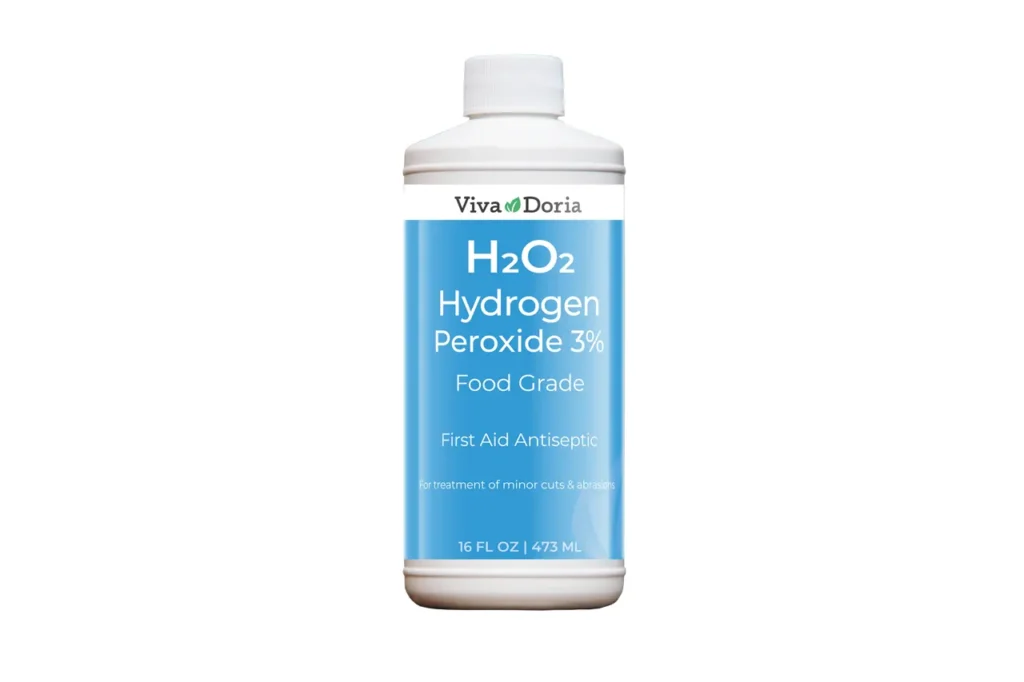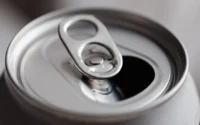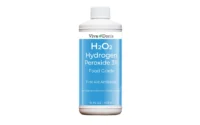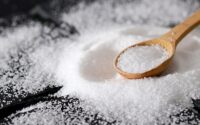Most Common Uses for Hydrogen Peroxide
Hydrogen peroxide is the result of combining oxygen and hydrogen. It is expressed as H2O2. While toxic in high amounts, it is very useful at lower levels. It is best known as an antiseptic and disinfectant. But H202 can be used in other ways.
Uses for Hydrogen Peroxide at Home
H202 can be used to remove dirt from kitchen sinks. H2O2 can also be used to clean compost buckets and cutting boards. Other items it can clean are our cat boxes, enema parts, bedpans, and pet urine.
Mold on walls, refrigerator surfaces, dish brushes, scribblers skin brushes, pumice stones, nail brushes, and other bath tools can be unsoiled too. H2O2 can also be used to wipe dental retainers, dentures, and toothbrushes.
In the Garden
H2O2 can be used as fertilizer or sprinkled on foliage. It can also be used to kill weeds and control mold that appears on plants. There are many ways to do this, but spraying is the best method. It can also be used to treat sick plants.
Usually, they are added to water and then sprayed. Some gardeners use H202 on tree cuts. It can also control mildew and mold growth in greenhouses.
H202 and Natural Body Care
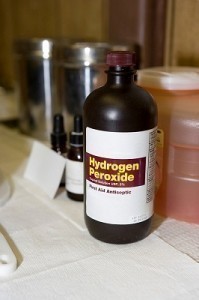
There are numerous ways that H202 can care for the human body. It is an ingredient in many tooth-whitening products. Beauticians also use it in their bleaching products. Some medications for acne have it as an ingredient. H202 is commonly used for hand washing and as a disinfectant.
1 to 3% solutions are usually used after handling animals, blood, feces, vomit, etc. H202 can also be used to clean ears, routine hand washing, disinfect cuts and wounds and as a foot bath.
Combined with baking soda, H202 can be used as baking soda. It can also be applied to minor wounds, cuts, and abrasions. For this reason, it is often found in schools, hospitals, and clinics.
H202 for Animals
A tiny amount of H202 can be added to the drinking water of birds, dogs, cats and other animals. It acts as an oxygen supplement. It can also be used to clean abscesses and skin infections. Of course, H202 can easily clean bird feeders, bird baths, pet dishes, bowls and fish ponds. It can also be put on fish tanks after fish have been removed. Bird poop, bird cages, and other messes can be wiped clean. To clean animal fur and coat, just add a bit of H202 to a damp towel and wipe it clean.
Uses of Hydrogen Peroxide Commercially
Several consumer products have H202. Among them are contact lenses, mouthwash, aseptic packaging, paper pulp, and making cheese. It can also be used to whiten animal bones and skulls.
General Characteristics
Regardless of use, the amount of H202 used rarely exceeds 5%. Application and concentration will depend on the purpose though. For small wounds, cotton may be dipped in H202. It is then applied to the injured spot. The soothing effect is similar to soapy water and OTC creams. H202 can assume different forms depending on how it will be used. It is diluted to whiten and clean teeth. This same form is used for eliminating mouth germs.
Like all mouthwash, H202 is not to be swallowed. Its cleansing properties are the reason why it is now part of many beauty products. Aside from those mentioned earlier, H202 is also used in facial products, anti-aging treatments, and antibacterial creams and lotions. It is also part of pedicures, manicures and other infecting tools.
Water Purification
One of the most important uses of hydrogen peroxide is purifying water. H202 does two things; it gets rid of contaminants and boosts water oxygen levels. This cleaning method is usually applied to swimming pools. In many cases, it is as good as commercially sold water cleaners.
More Information about H202 Concentrations
Commercially available H202 are all sold with a specific concentration and grade. The grade has a direct influence on the additives. You will not see any commercial grade H202 with a 100% concentration. As stated earlier, 3% is the most popular solution. Other concentrations that you will see are 35% and 10%. But the type sold at drugstores does not exceed 3%. If the bottle says it is 3%, there is no need to dilute it.
Other uses of hydrogen peroxide require concentrations of up to 90%, 70%, 50%, and so on. These solutions are used for rock fuel and other industries. These levels are not sold commercially. These levels are dangerous and have to be handled with care. These require special handling.
The 3% solution is regarded as the standard. It is not just the amount used by drugstores. It is also the solution used for cleaning and purification. However, this is not written in stone. The concentration is lower when it is used as a mouthwash. The concentrations used in beauty products also vary.

